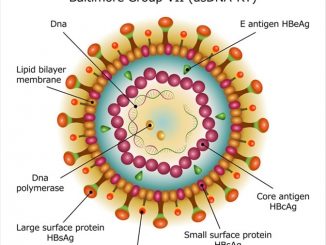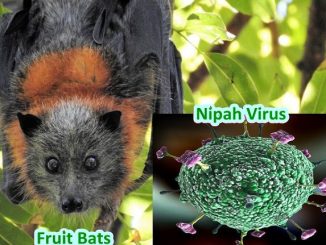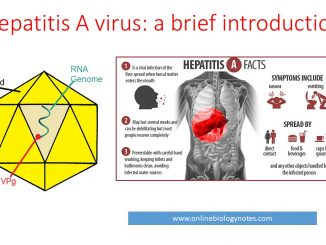
Dengue: Introduction
Dengue: Introduction Dengue viruses (DENV) is a mosquito borne viruses, belongs to the family Flaviviridae, the genus Flavivirus. Dengue viruses consist of five serotype named […]

Dengue: Introduction Dengue viruses (DENV) is a mosquito borne viruses, belongs to the family Flaviviridae, the genus Flavivirus. Dengue viruses consist of five serotype named […]

What is Rabies? Rabies virus is also known as street virus. It causes rabies which is an acute infection of CNS and is always fatal […]

Cytomegalovirus: Cytomegalovirus (CMV) is a genus of viruses belonging to the order Herpesvirales, in the family Herpesviridae. CMV is the largest member of the human […]

Hepatitis B virus Hepatitis B is the most widespread and most important type of viral hepatitis. Hepatitis B virus (HBV) infects the liver and to […]

Mumps virus Mumps is an acute contagious disease of children, characterized by acute enlargement of one or both salivary glands. The disease is caused by […]

Influenza virus The family Orthomyxoviridae contains a single genus Influenza virus with three types-A, B and C. Influenza viruses are classic respiratory viruses. They cause […]

Virus replication: Virus are the obligate intra cellular particles, they replicate inside host cell only. For a specific virus to replicate within a specific host […]

Measles morbillivirus: Measles is an acute highly infectious disease characterized by fever, respiratory symptoms and a maculopapular rash. General properties General morphology as Paramyxoviruses Roughly […]

Nipah virus: Structure and genome, mode of transmission, Pathogenesis, Symptoms, prevention and treatment Structure and genome of Nipah virus: Nipah virus ( NiV) is a […]

Hepatitis A virus (HAV): properties, classification, mode of transmission, pathogenesis, clinical features and laboratory diagnosis Properties and classification of HAV: Hepatitis A virus (HAV) ia […]
Copyright © 2024 | WordPress Theme by MH Themes